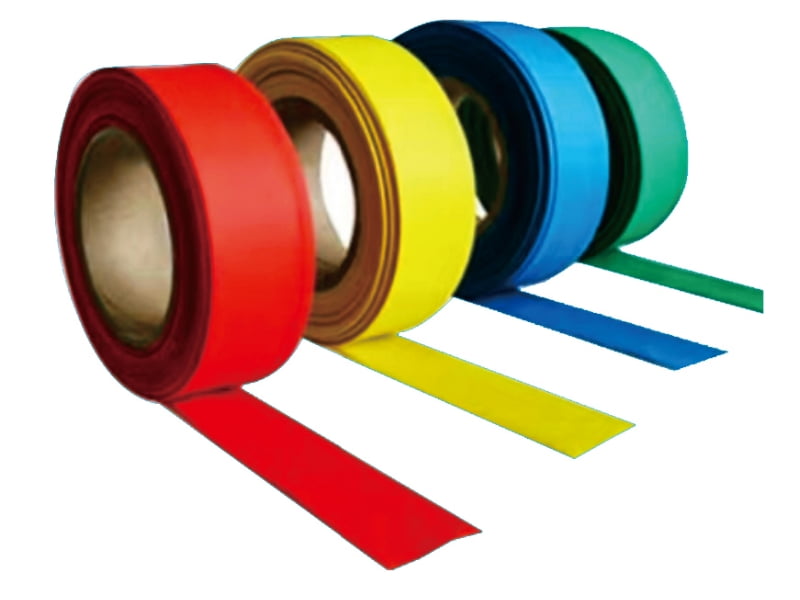Busbar Insulation Sleeves: Features, Applications, and Maintenance
Introduction
busbar insulation sleeves are essential components in electrical systems, designed to provide insulation and protection for busbars. These sleeves prevent electrical faults, short circuits, and physical damage, ensuring safe and efficient power distribution. Made from high-quality materials, they are widely used in industrial, commercial, and utility applications.

Key Features of Busbar Insulation Sleeves
High Dielectric Strength: Typically rated at 20-30 kV/mm, ensuring excellent insulation even under high voltage conditions.
Thermal Resistance: Can withstand temperatures ranging from -40°C to +125°C, making them suitable for extreme environments.
Flame Retardancy: Complies with UL94 V-0 standards, offering self-extinguishing properties to enhance safety.
Mechanical Durability: Tensile strength of 15-25 MPa and elongation at break of 200-300%, ensuring long-term reliability.
Chemical Resistance: Resistant to oils, acids, and alkalis, with a chemical resistance rating of ≥90% after exposure tests.
UV Stability: UV-resistant formulations maintain performance for over 10,000 hours in outdoor applications.
Applications of Busbar Insulation Sleeves
Busbar insulation sleeves are used in various industries due to their protective and insulating properties:
Power Distribution Systems: Used in switchgear, transformers, and panel boards to prevent short circuits.
Industrial Machinery: Protects busbars in CNC machines, welding equipment, and heavy-duty motors.
Renewable Energy: Ensures safety in solar inverters and wind turbine power distribution systems.
Transportation: Applied in electric vehicles (EVs) and rail systems to insulate high-voltage busbars.
Data Centers: Safeguards busbars in uninterruptible power supply (UPS) systems and server racks.
Maintenance of Busbar Insulation Sleeves
Proper maintenance ensures the longevity and performance of busbar insulation sleeves:
Regular Inspections: Check for cracks, discoloration, or physical damage every 6-12 months.
Cleaning: Use a dry cloth or mild detergent to remove dust and contaminants; avoid abrasive cleaners.
Thermal Monitoring: Use infrared thermography to detect hotspots indicating insulation degradation.
Environmental Protection: Ensure sleeves are not exposed to prolonged UV radiation or harsh chemicals without additional shielding.
Replacement: Replace sleeves showing signs of wear, such as brittleness or reduced dielectric strength.
Busbar insulation sleeves are critical for maintaining electrical safety and efficiency. Their robust features, diverse applications, and proper maintenance protocols make them indispensable in modern electrical systems.




 English
English

